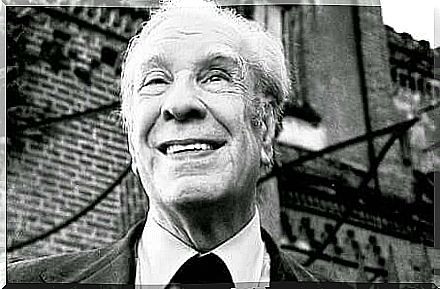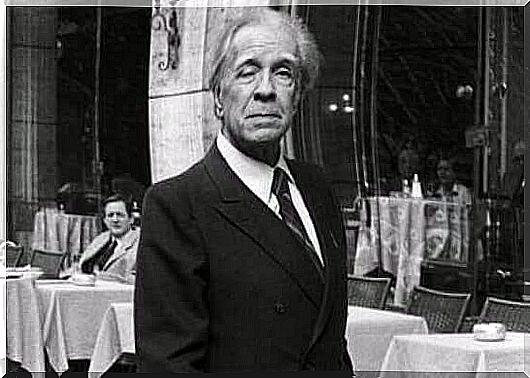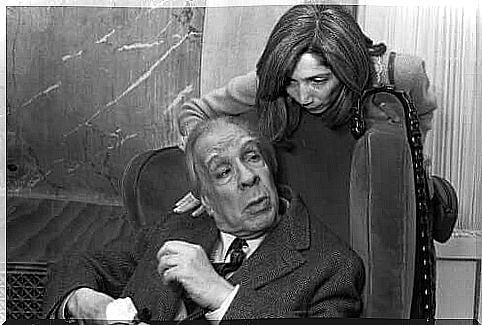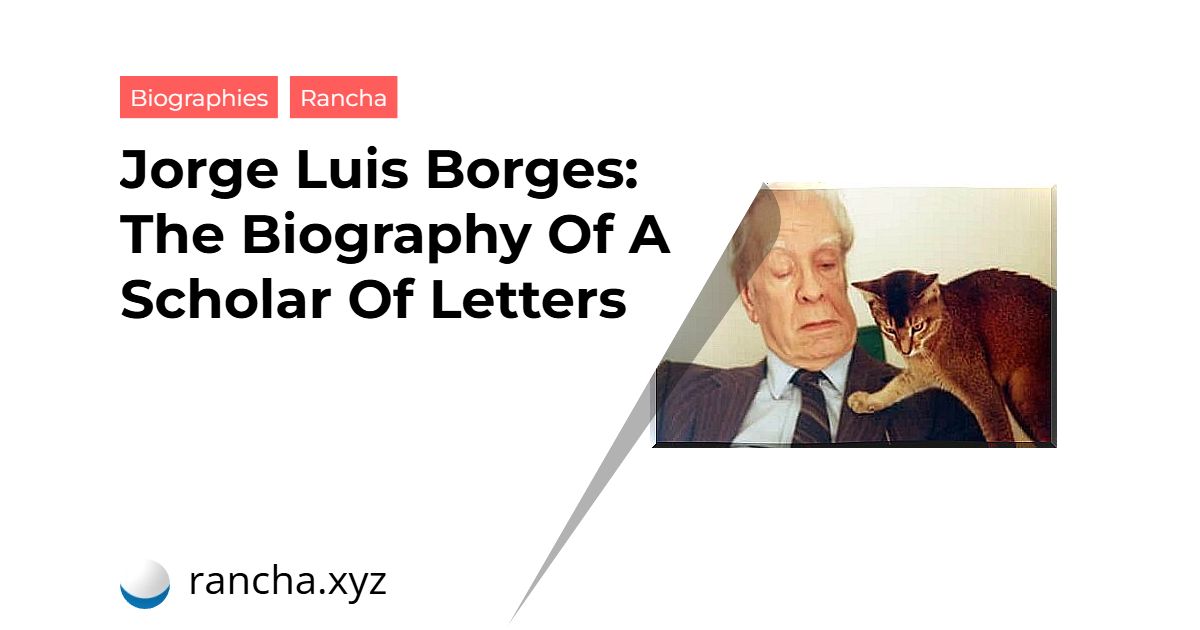Discover the biography of Jorge Luis Borges, an Argentine writer, essayist and poet whose legacy remains imprinted in our literary DNA.
He was a literary scholar. He rose up as the favorite writer of scientists for his prophetic spirit. He was, above all, an artist of short stories and magical realism that he printed in each of his works, such as, for example, O Aleph .
The great impact that this writer’s work had on universal culture makes him a true reference in twentieth-century literature. Among his multiple recognitions is the Cervantes Prize for Literature, the Commander of Arts and Letters of France, and even the title of Knight of the Order of the British Empire.
The recognition that escaped him was, curiously, the Nobel Prize for Literature. According to comments from his inner circle, the reasons pointed to political issues.
Others said that his style was too cultured and, at the same time, fantastic for this distinction to be granted.
In any case, for this Argentine writer, not winning the Nobel was never a cause for much concern. He had his own style, always unmistakable. The short story was his favorite genre because, according to him, it did not force the writer to use “filler”, as was the case, for example, with the novel.
The philosophical reflections with which he presented us in each of his stories trace a unique and exceptional universe that no other author has surpassed so far.
Biography of Jorge Luis Borges: a childhood in the library
Jorge Luis Borges was born in 1899 in Buenos Aires, Argentina. In his family there were two very unique spheres: the military and the literary. His grandfather, Francisco Borges Lafinur, was a Uruguayan colonel. while his great-grandfather and paternal uncle were poets and composers.

His father, Jorge Guillermo Borges, taught psychology classes and, at the same time, had a refined literary taste. Furthermore, as Borges himself once asserted, it was he who revealed to him the power of poetry and the magical symbolism of the word.
At the same time, what most marked his childhood was precisely his father’s library, in which Borges himself spent most of his childhood.
He was a precocious child. He learned to read and write very quickly, perhaps due to the clear need to penetrate as soon as possible into the literary universe in which he lived. However, outside the walls of this library and the familiar surroundings, his childhood was not exactly easy.
He was that boy who was two years ahead of school, he was that student who knew everything, fragile and who used to stutter, which made him a reason for ridicule and ridicule by the other children.
Time of exile, time of creation
When World War I broke out, the Borges family was in Europe. His father had just lost his sight (a disease that Jorge Luis Borges himself would later inherit) and was in a clinic undergoing eye treatment.
The military conflict forced them to travel continuously through Europe, until they settled for a few years in Spain. In 1919, Borges wrote two books: The red rhythms and Los naipes del tahúr .
In turn, he came into contact with writers very relevant to his later work, such as Ramón Gómez de la Serna, Valle Inclán and Gerardo Diego.
In 1924 and back in Buenos Aires, Jorge Luis Borges began to create numerous magazines to testify to his ideas, to everything he learned, saw and felt in Europe. His short stories, essays, and poems make him one of America’s youngest and most promising writers.

During this period, his style first navigated between an avant-garde and cosmopolitan air that later shifted to a more metaphysical style.
Little by little, he was polishing this fascination for time, space, infinity, life and death that made him a true scholar in these matters. Exactly where the real combines with the fictitious. Where the stranger invites the reader to delve into philosophical questions.
Blindness, a time of darkness and the passage to another awakening in the biography of Jorge Luis Borges
Perón’s coming to power in 1946 was not good news for Jorge Luis Borges. His reputation as an anti-Peronist and follower of a more conservative political line was something that stayed with him forever.
In the 1950s, the Argentine Society of Writers named him president. However, he himself resigned from the post a few years later.
His literary career marked all his obligations. In Paris, most of his works were published, such as Death and the Compass , and essays such as Other Inquisitions were reaching the Argentine public with great success.
His fundamental work, O Aleph , was in its second edition and, even, films were recorded based on some of his tales, such as Days of Hate.
However, during that same decade, what he defined as the true contradiction of his destiny happened. The Peronist government had been defeated after a military coup and Borges was appointed director of the National Library.
Just then, the illness inherited from his father was already showing itself: he was going blind. I could no longer read or write.
A life in darkness full of successes
Blindness did not deprive him of continuing to work. His family, especially his mother, later his wife, Elsa Astete Millán, and later his last partner, the Argentine writer María Kodama, were essential in his literary work and in his readings.
He continued to publish works such as The Book of Imaginary Beings and The Maker, books of poems such as The Gold of the Tigers , and even collaborated for years with Harvard University .
His artistic life was intense, rich and very productive regardless of this world of darkness that covered his eyes. In addition, he asked for his retirement as director of the National Library of Buenos Aires in 1973. He had already dedicated almost 20 years of his life to this work.

Jorge Luis Borges died in 1986 from pancreatic cancer in Geneva, Switzerland.
He was buried in a cemetery in the same country, under a tombstone with a white cross on which is engraved the following inscription “And ne forhtedon na” (and don’t be afraid) in reference to a 13th-century Norwegian work that appeared in one of his tales: Ulrica.
 rancha.xyz Be free to choose their own route to self-knowledge, health and balance of body and soul.
rancha.xyz Be free to choose their own route to self-knowledge, health and balance of body and soul.




